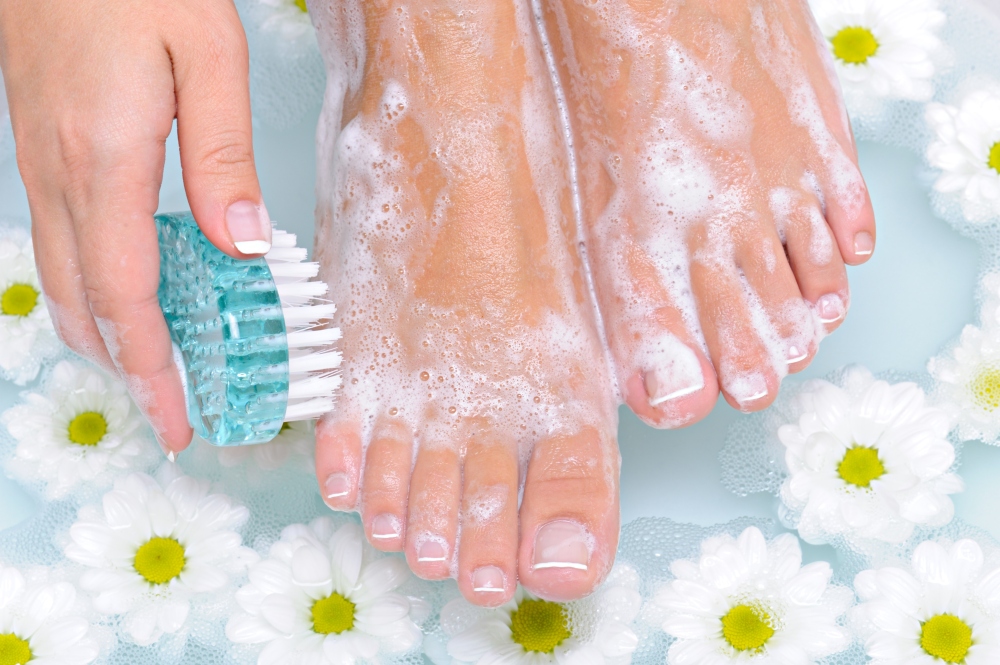People with type 1 or type 2 diabetes are at risk for developing foot problems due to neuropathy, or damage to the nerves in the extremities. Nerve damage can sometimes present as pain, tingling, or, more often, a complete lack of feeling altogether.
This nerve damage also affects your skin’s ability to stay moisturized, as the nerves no longer signal your body to produce oils when the skin is dry. Even minor problems due to both nerve damage and a lack of circulation can, if not addressed quickly and effectively, lead to amputation.
What can you do to prevent the worst case scenario? Here’s 5 secrets to preventing serious problems:
Prevention Tip #1: Check In Daily
As a diabetic, you may not be as readily aware of potentially painful foot problems because of a reduced sensitivity from nerve damage. Since you may not feel a problem developing, doing a visual check-in on your feet everyday is important.
Look for any cracked skin, cuts, blisters, or anything else that might look suspicious. Be sure to check all angles, including the bottoms, heels, and even in-between toes. If seeing any of these angles is troublesome, use a mirror or ask for help.
Prevention Tip #2: Maintain & Protect

Keep your feet clean, but do so gently. Wash with a mild soap and warm water. It’s also vital to dry them thoroughly; don’t overlook your toes— be sure you thoroughly dry in-between each one. Take a minute to massage some moisturizing lotion into the tops and bottoms of your feet and apply some talcum powder between your toes. If you take the time to care for your feet, they’ll serve you well for years to come.
Protect your feet by wearing appropriate footwear. Shoes should fit loosely enough to give the toes some space, but tight enough that socks or the shoe itself isn’t rubbing the skin – which can cause diabetic foot ulcers. If you (like many people) have one foot that is larger than the other, err on the larger side.
Prevention Tip #3: Get Exercise
Exercise has many benefits for all people, but people with diabetes can particularly benefit from the practice. In addition to assisting with maintaining ideal blood glucose levels and helping diabetes medications work more efficiently, exercise stimulates blood flow and improves circulation in the legs and feet. That blood flow is essential to maintaining the health of your feet. Pro-tip: be sure to wear comfortable, well-fitted shoes while exercising.

Prevention Tip #4: Don’t Smoke
Maintaining good circulation to the extremities plays a big role in preserving health and well-being for diabetics. Smoking cigarettes markedly reduces circulation, making blood flow issues worse and exacerbating nerve problems in your feet. Taking the steps to stop smoking now can actually save your feet later.
Tip #5: Get Regular Checkups
For diabetics, it’s extremely important to have a regular foot examination at least once a year. A podiatrist can examine your feet, checking for proper circulation and making note of any signs of nerve damage or any other signs of infection, ulceration, and other foot and ankle related issue. Many foot problems, if they’re not properly cared for, can lead to amputation.
The Foot and Ankle Group is ready to handle any of your diabetic foot care needs. Contact us today for an appointment.
Categorized in: Blog